Palmetto Bluff Real Estate Company Sales Office
Office Hours
Monday-Friday 9am - 5pm
Saturday 9am - 4pm
Sunday 12 - 4pm
Saturday 9am - 4pm
Sunday 12 - 4pm
About the writer: Zoe Klauck is a senior at the University of South Carolina in Columbia. She is currently finishing her degree in anthropology and art history, and over the past four summers, she’s worked as an archaeology intern for the Palmetto Bluff Conservancy. Her work here is centered in the lab; cleaning, organizing, labeling, and reconstructing artifacts from the field.
Reconstruction is by far the best part of my job, but I don’t just do it for fun. Restoring different artifacts gives archaeologists more information about the kinds of vessels used here at Palmetto Bluff. After fitting two or more fragments together, patterns, decorations, and logos start to appear. From that, we can determine the date, manufacturer, and/or function of the vessel.
For example, I’ve been working on reconstructing a glass Ball canning jar. While pulling other artifacts for research, I came across two bags containing a unique aqua-colored glass. They came from different levels, but I was sure they could be the same vessel. I asked Dr. Socci if I could attempt a reconstruction, and with her permission, I was eager to get started.

If you’re lucky enough to have multiple pieces, it’s best to begin working bottom to top. The base of the jar has the thickest glass, so it’s easy to tell which pieces to start with. The next thing I look for are pieces that have any letters embossed on them so I can create the logo. This particular jar had two different text styles. ‘Ball’ is written in a thin cursive script, while ‘ideal’ is bold and all capitalized. With the base and the logo intact, we could begin our artifact research.

Logos are super helpful when it comes to trying to date an object. The word ‘Ball’ lets us know this jar is a product of the Ball Bros. Glass Manufacturing Company. These jars were very popular among those who canned and preserved goods at home. I also found out that Ball had their own unique shade of blue glass called Ball Blue. Company names and logos change over time, so by finding when a specific variation was used, we can date the vessel.

Looking at the charts, we see that our version of ‘Ball’ was used from 1910 – 1923, and our version of ‘Ideal’ was used from 1915 – 1923. This means our specific jar dates from 1915 to 1923. So by just using the logo, we are able to learn the date, manufacturer, and function of our glass jar.

Palmetto Bluff’s Moreland Village feels a world away from the more traditional architecture of the iconi...
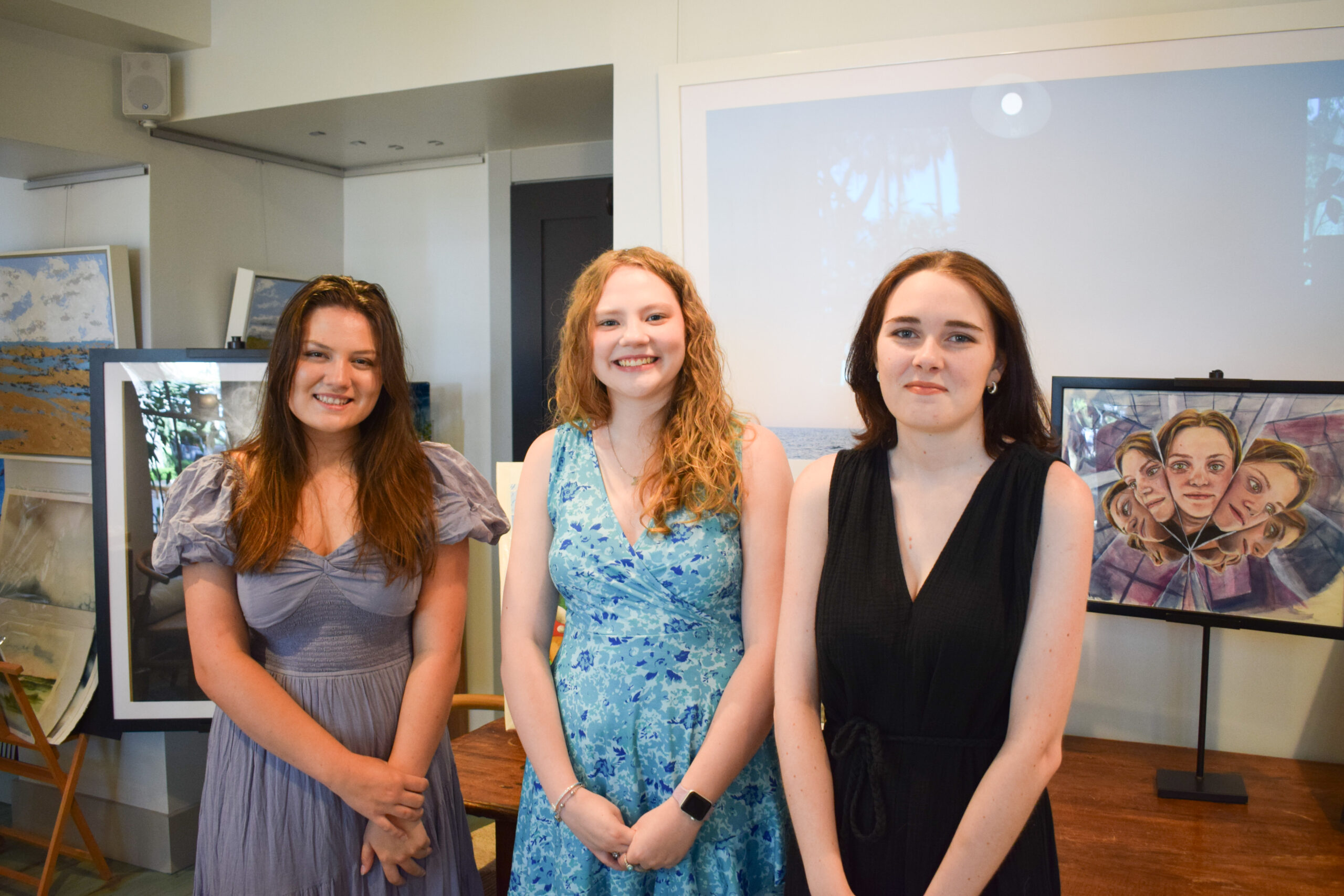
We are thrilled to introduce the inaugural winners of the Inspiring the Arts Scholarship—three extraordinary young women pursuing their artistic dreams through higher education! Katherine Donahue has been named our first official scholarship recipient, wit...

From handmade jewelry to performance wear, the latest arrivals at Palmetto Bluff’s retail spots capture the season in true Lowcountry style. This summer, the Bluff’s shops are full of fresh finds, carefully chosen by our trusted retailers—including FLOW Galler...
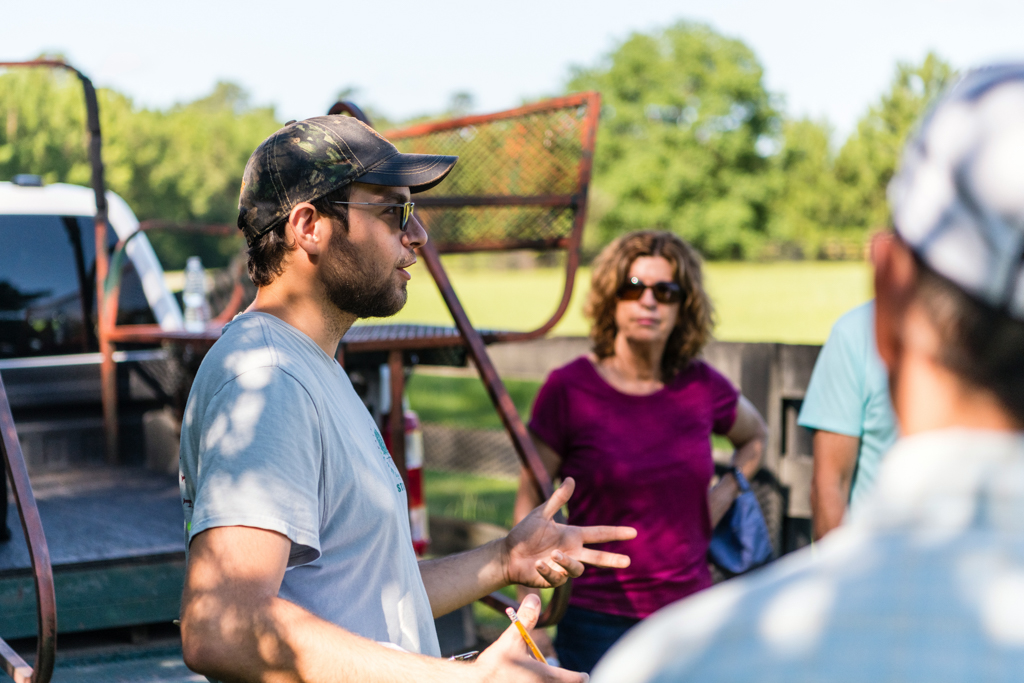
Citizen Science is Thriving at Palmetto BluffDid you know that residents of Palmetto Bluff are playing a vital role in national and global conservation efforts—all from their backyard?Through the Palmetto Bluff Conservancy’s growing Citizen Science programs, c...
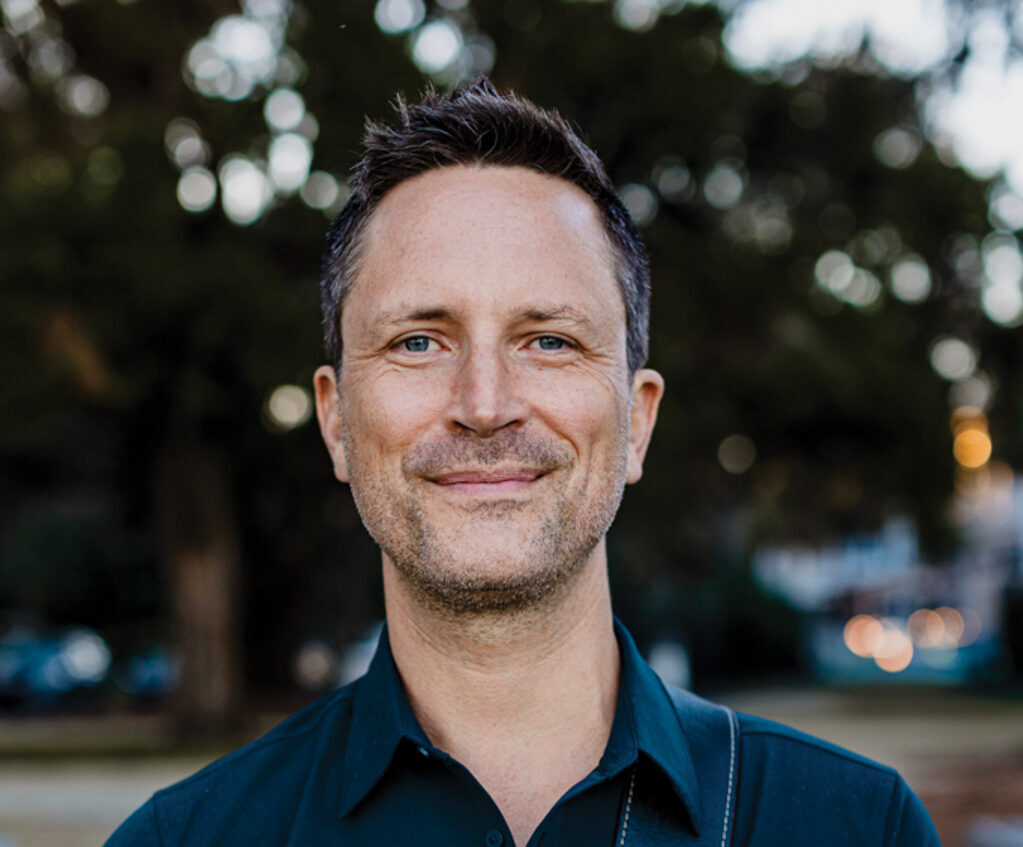
In October 2024, Grammy Award-winning musician Clay Ross visited Palmetto Bluff as part of The Arts Initiative's Artist in Residence Program. Through storytelling and song, he explores identity, heritage, and the universal language of sound. By Barry Kaufman ...
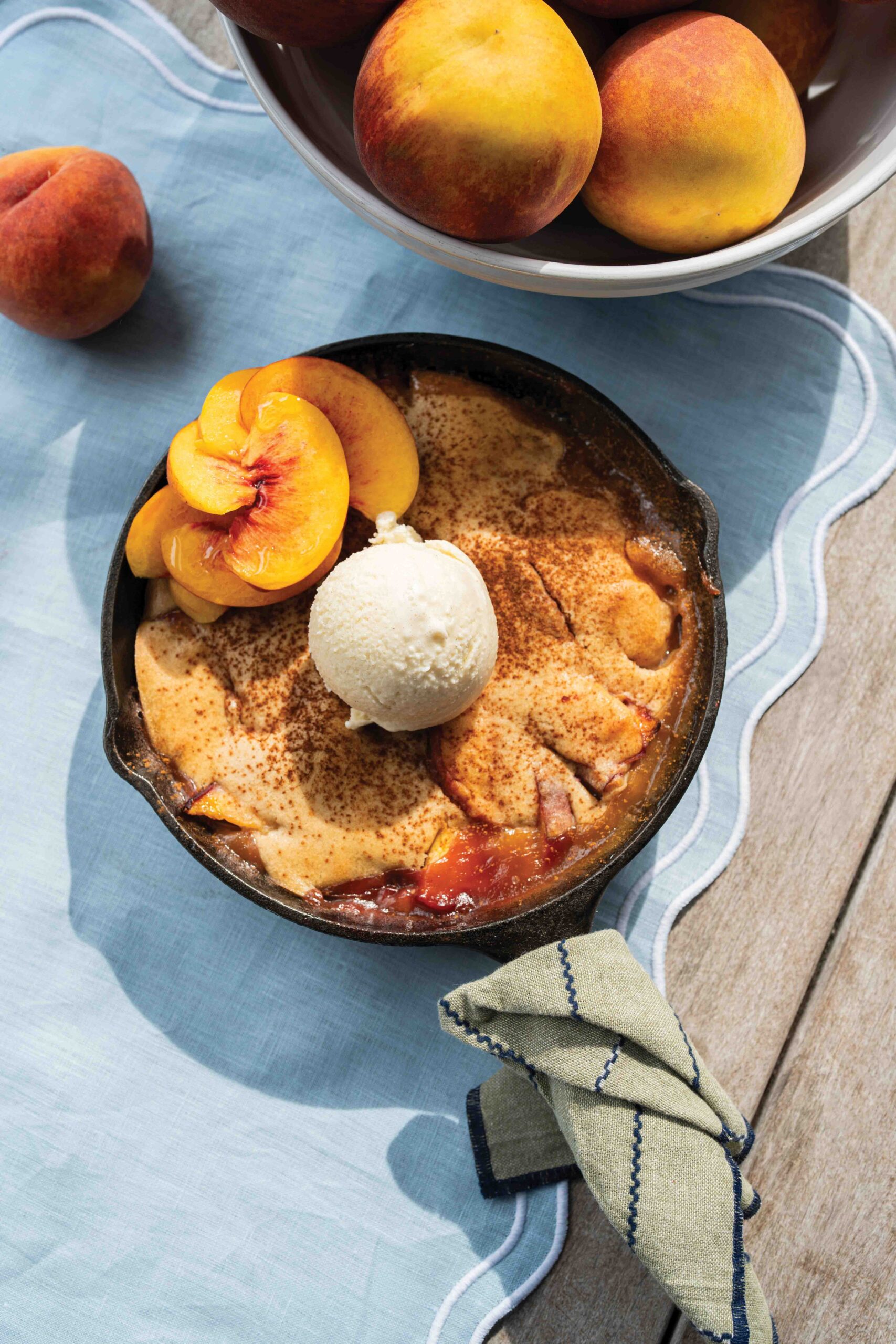
Palmetto Bluff Club Executive Chef Beth Cosgrove and Director of Culinary, Chef Rhy Waddington, Cook Up Four Peachy Recipes for a Summer in the South. Is there anything more iconic than a southern peach? A symbol of summer and Southern heritage, the peach car...
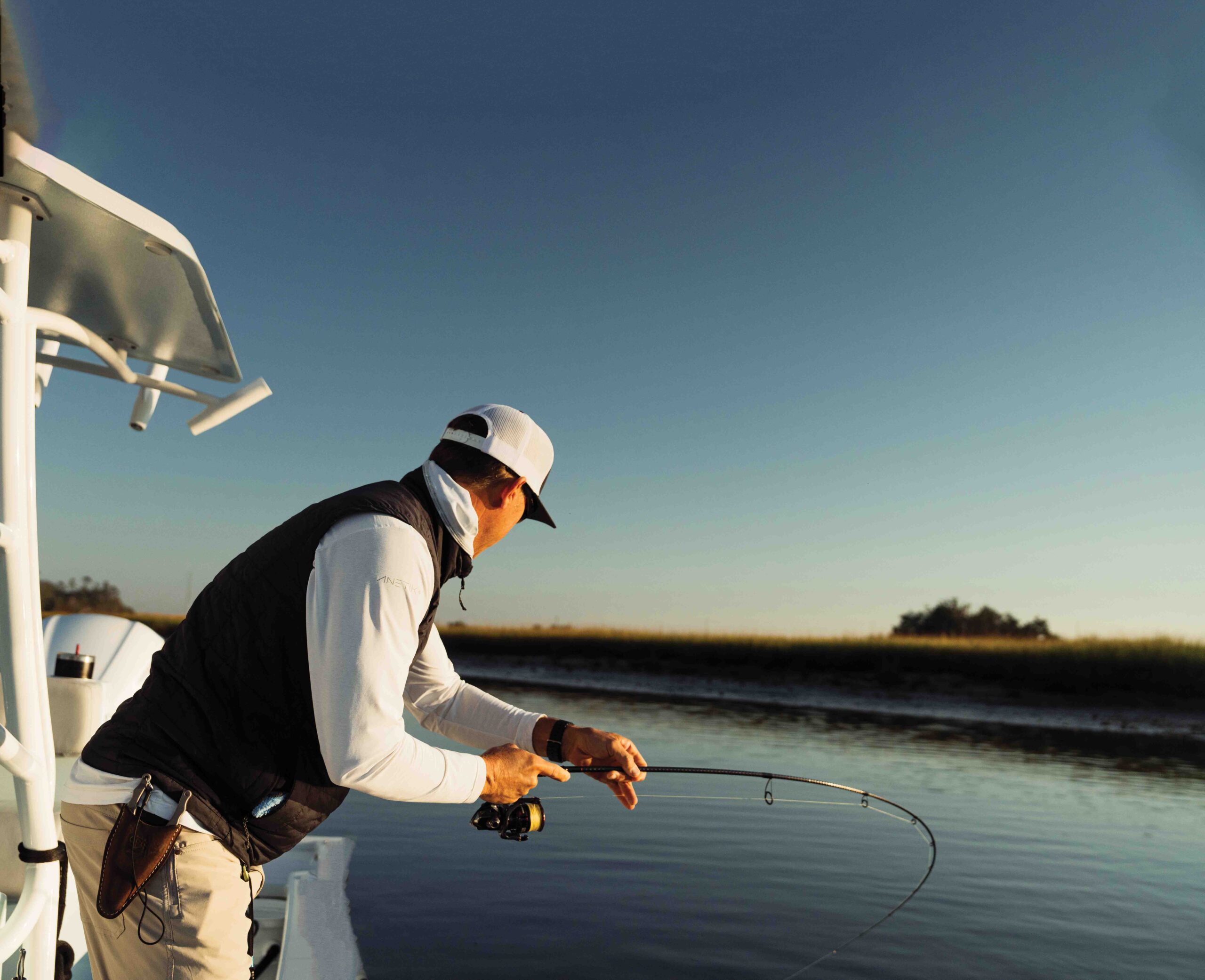
Following the tides and angling for redfish in Lowcountry creeks and estuaries with Captains Brian Vaughn and Will Stephens Story by Sandy Lang It is a sunny morning in October and the water is calm and glassy. The silence is punctuated by a gush of breath f...
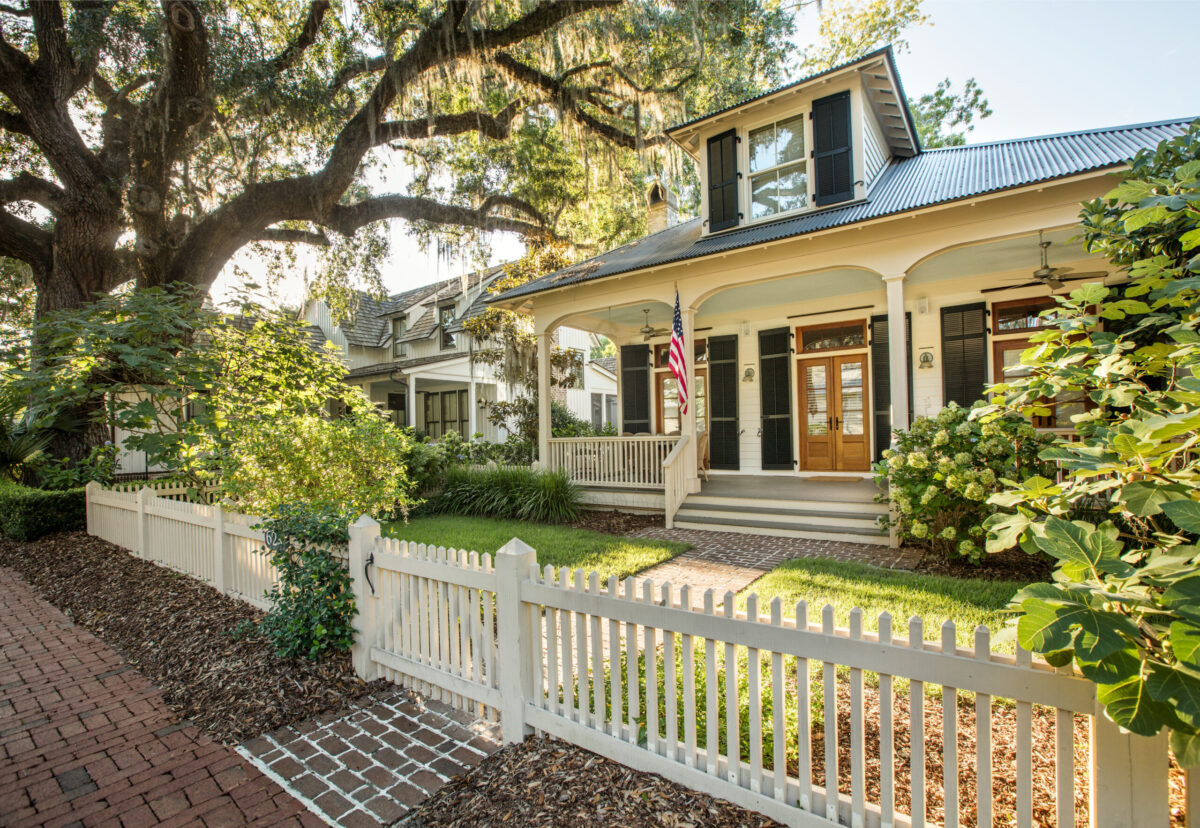
7 Ways To Upkeep Your Palmetto Bluff Home As spring arrives in the Lowcountry, the change in season brings more than blooming marshlands and sun-drenched afternoons; it’s also a perfect time to refresh and care for your Palmetto Bluff home. Coastal living mea...

When the land speaks, you listen. And at Palmetto Bluff, it spoke to two of golf’s most legendary course designers—Bill Coore and Ben Crenshaw. We invite you to watch our newest video, shot this past winter and featuring Bill and Ben, along with South Street P...
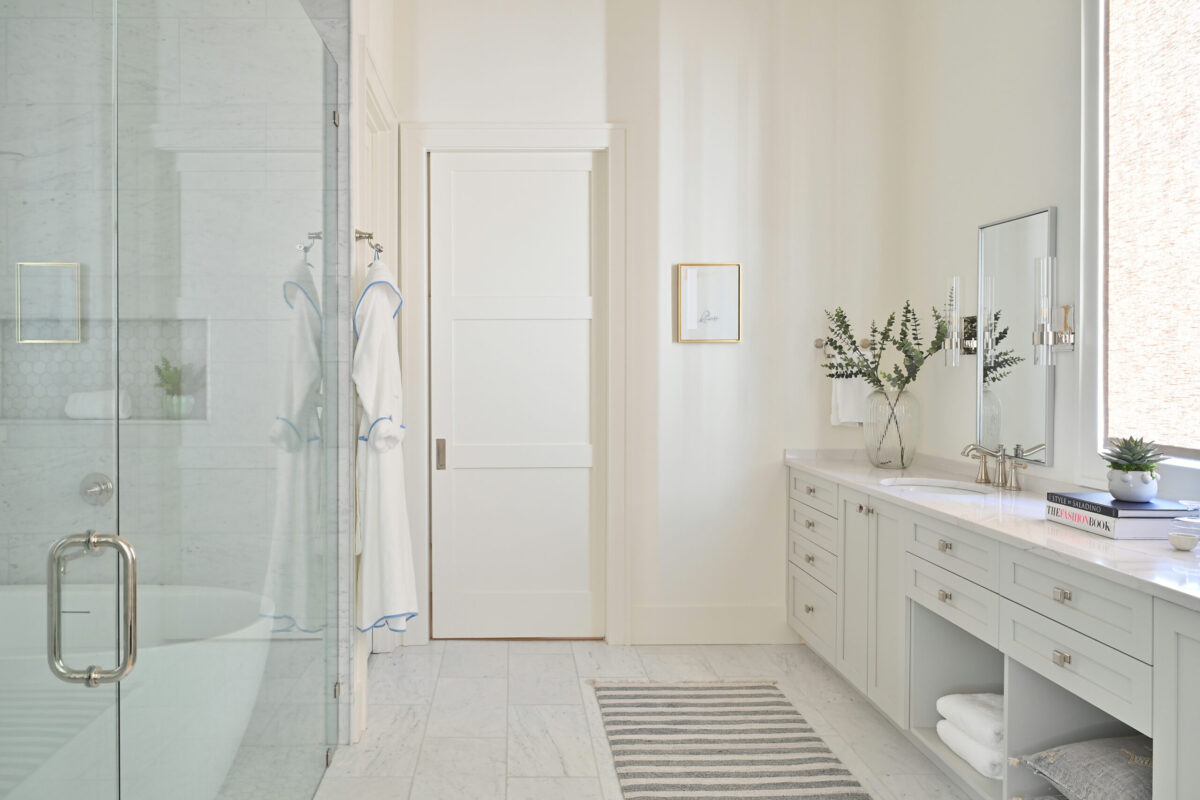
5 Renovations to Increase the Value of Your Lowcountry Home Whether Palmetto Bluff is your full-time residence or a cherished retreat, deciding to sell is never a quick or casual choice. However, when the time does come, you want your home to be as market-rea...
Learn about the Palmetto Bluff Conservancy and how we keep the vision of our land in place.
On land or water, there is an ever-evolving variety of activities.
We do not attempt to independently verify the currency, completeness, accuracy or authenticity of the data contained herein. All area measurements and calculations are approximate and should be independently verified. Data may be subject to transcription and transmission errors. Accordingly, the data is provided on an “as is” “as available” basis only and may not reflect all real estate activity in the market”. © [2023] REsides, Inc. All rights reserved. Certain information contained herein is derived from information, which is the licensed property of, and copyrighted by, REsides, Inc.